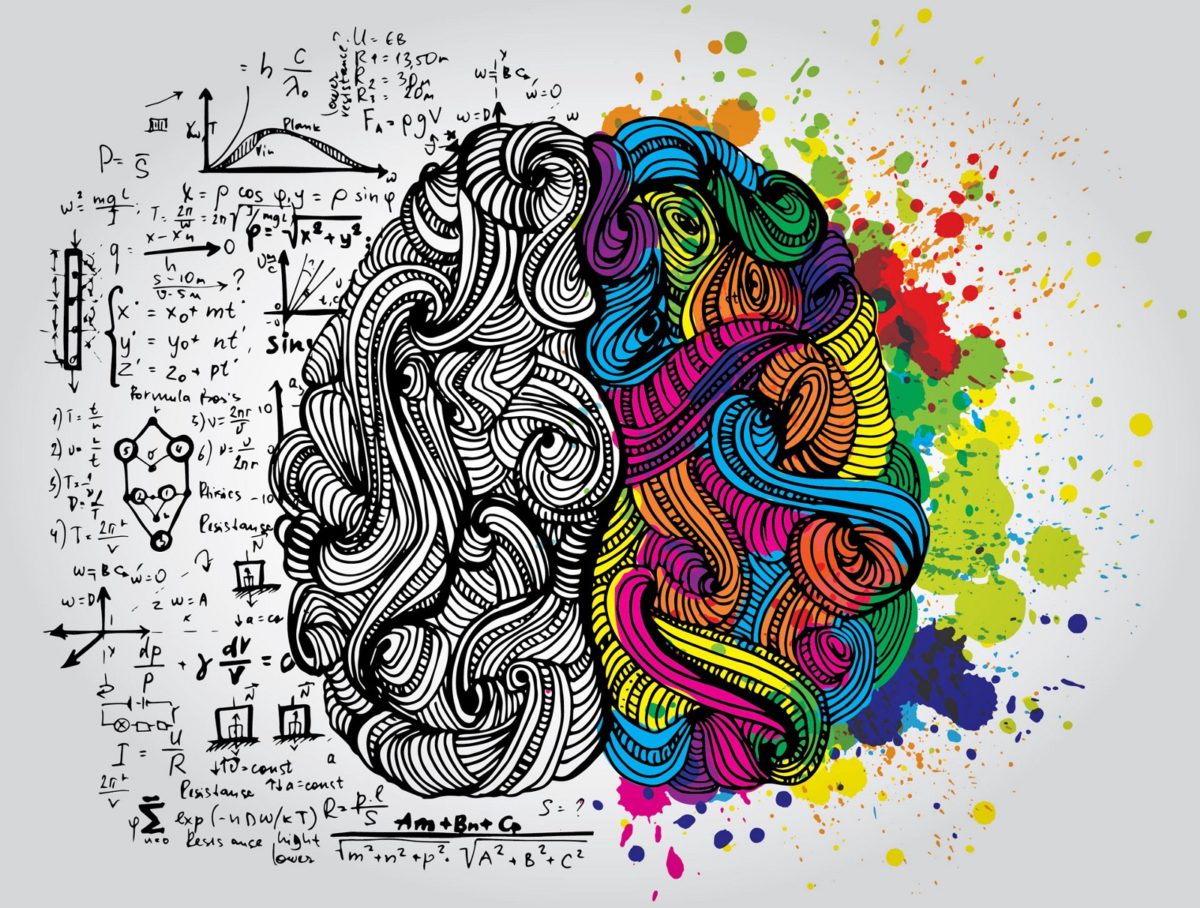You already know the brain has two hemispheres, and that some areas of the brain have different specific functions. But did you know that the two hemispheres are said to control different types of thinking?
Left brain vs. right brain
The left brain is said to be the hemisphere connected to language, logic, facts, numbers, reasoning and sequencing. This area leads critical thinking, reading and analysing data.
On the other hand, the right brain leads the arts, intuition, imagination, creativity, colors, and emotions. It is the hemisphere connected to creative tasks, reading non-verbal cues, understanding and expressing emotions.
Depending on the nature of the task you accomplish, you use either side of your brain. The theory looks to answer why some people are more logical or innovative than others by linking their preferences to what side of the brain is predominant.
It is a myth
This theory is perceived as one of the biggest myths about the brain, like using only 10%. It comes from a research on split brain conducted by neuropsychologist Roger Wolcott Sperry who won the Nobel Prize in Physiology and Medicine in 1981. Wolcott Sperry and his peers identified that people with brain injuries lost specific abilities according to where the injury was located. Decades earlier, patients suffering from epilepsy had to be cured by cutting the connection between the two cerebral hemispheres to avoid spreading to other areas of the brain. Patients were able to continue living a normal life after that, but some people had issues with basic abilities. Specifically, Wolcott Sperry noticed that people with injuries in specific areas of the left hemisphere lost the ability to speak.
They continued their research to establish that each side of the brain was managing certain traits. There are definitely some truth to that, but it is not as straightforward as what is said on the Internet.
We can still take away a few things
First, if you’re curious enough, this theory is an entry door to knowing more about neurosciences and the way the brain works. Just make sure you read reliable medical sources.
Second, it is a simple way to remember that there isn’t just one type of thinking or one type of intelligence. We tend to value logical, rational thinking over imagination and creativity. It is important to know that we all have all of those in us. We just need some practice or focus to access it, but we can.
In coaching I found that challenging people into thinking differently than they are used to about their issue is an amazing way to access new information. Visualising the two brains has helped me understand where one person could be, and what other side they could explore. It is just a hint, rather than an exact diagnosis.
You could use the same approach by tricking yourself into thinking differently. If you keep thinking about the same situation or problem, and you can’t get an answer, it might be because you are rationalising it too much (left), and you are not enough in touch with the emotional side (right). Take a pen and draw what that situation looks like to you, or do a head-heart-gut exercise to connect with your intuition. It comes down to aligning your different selves.

